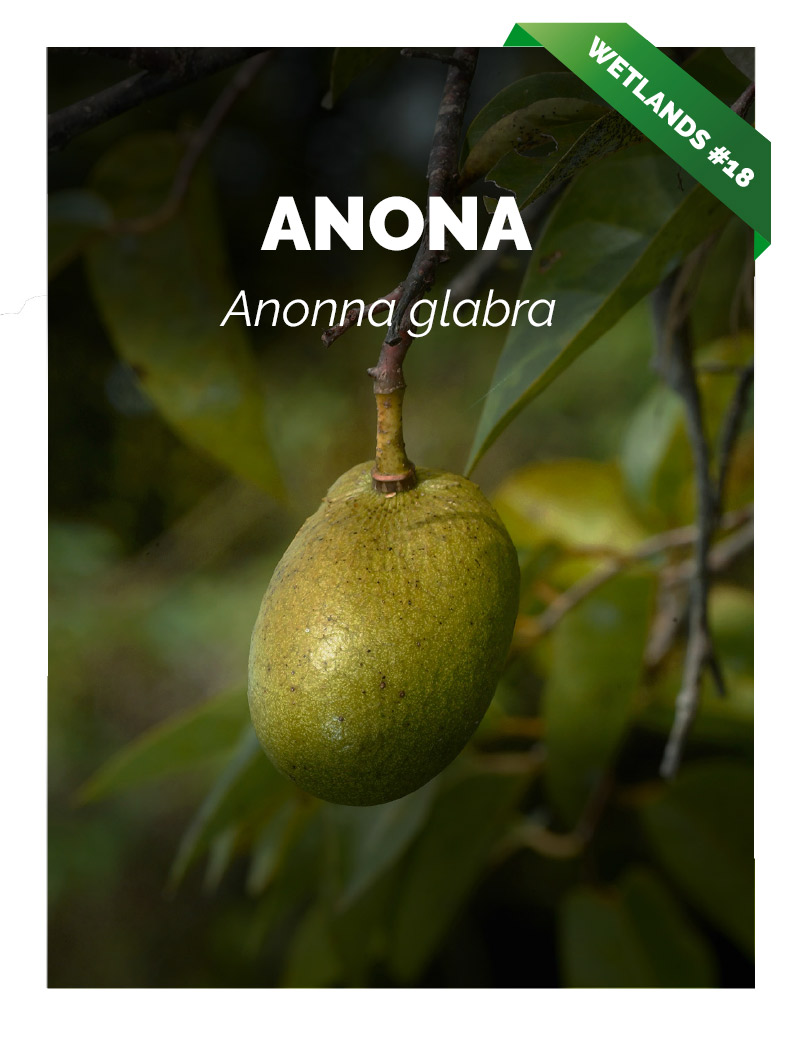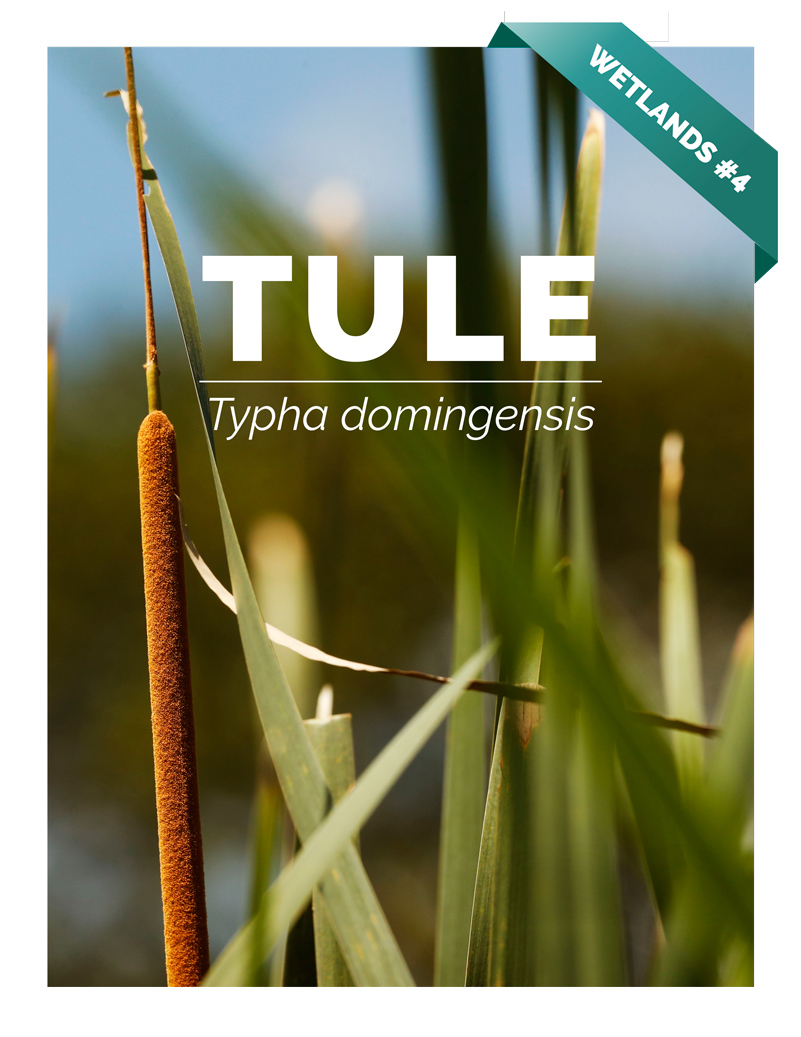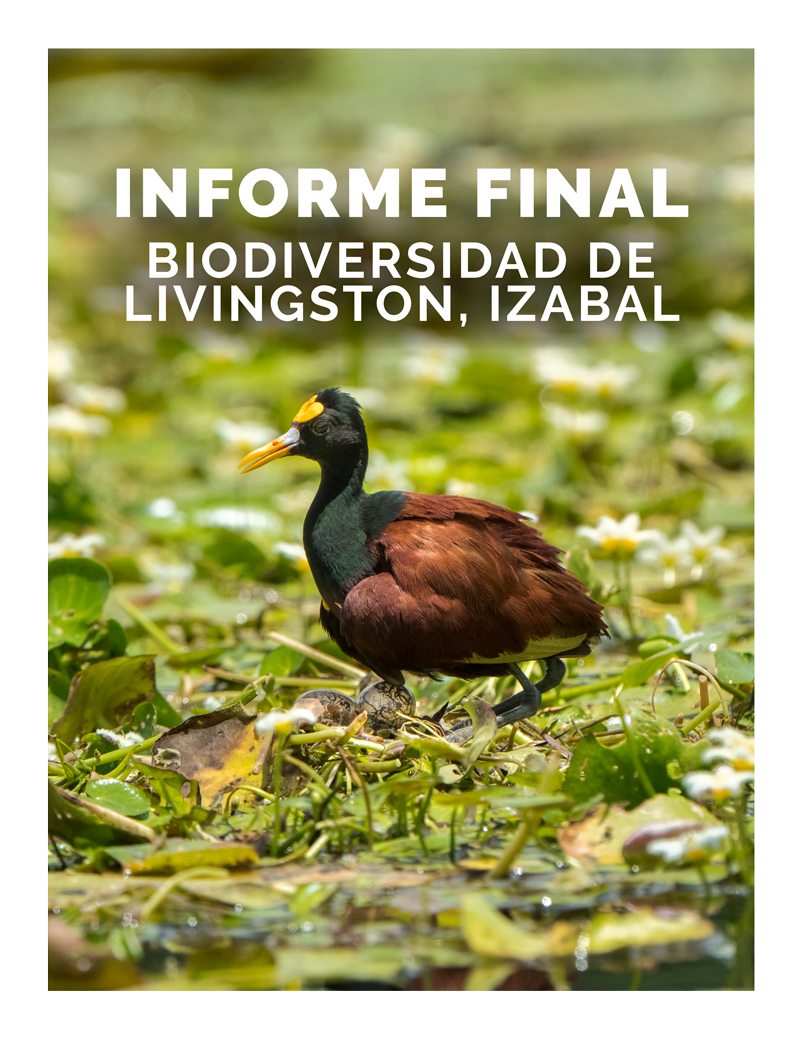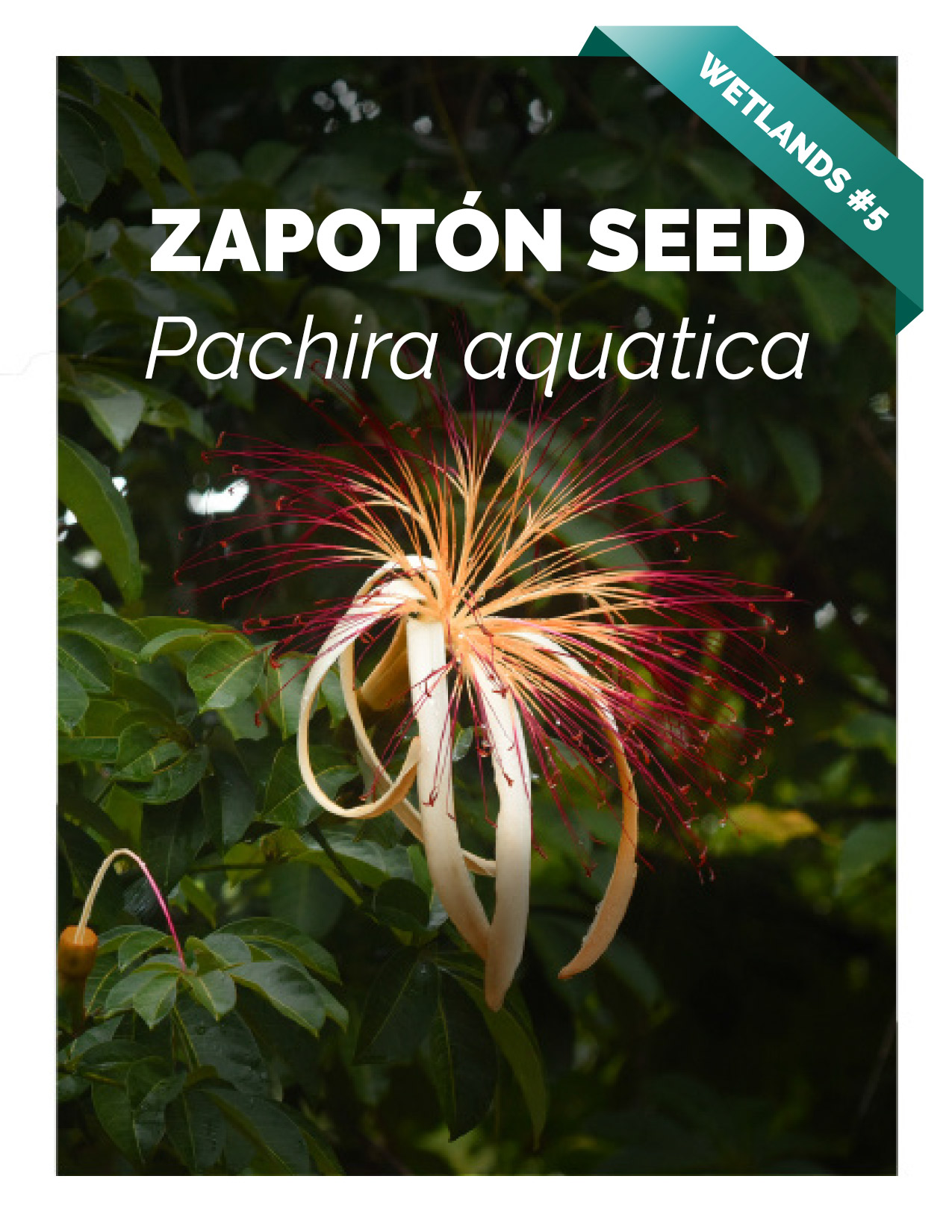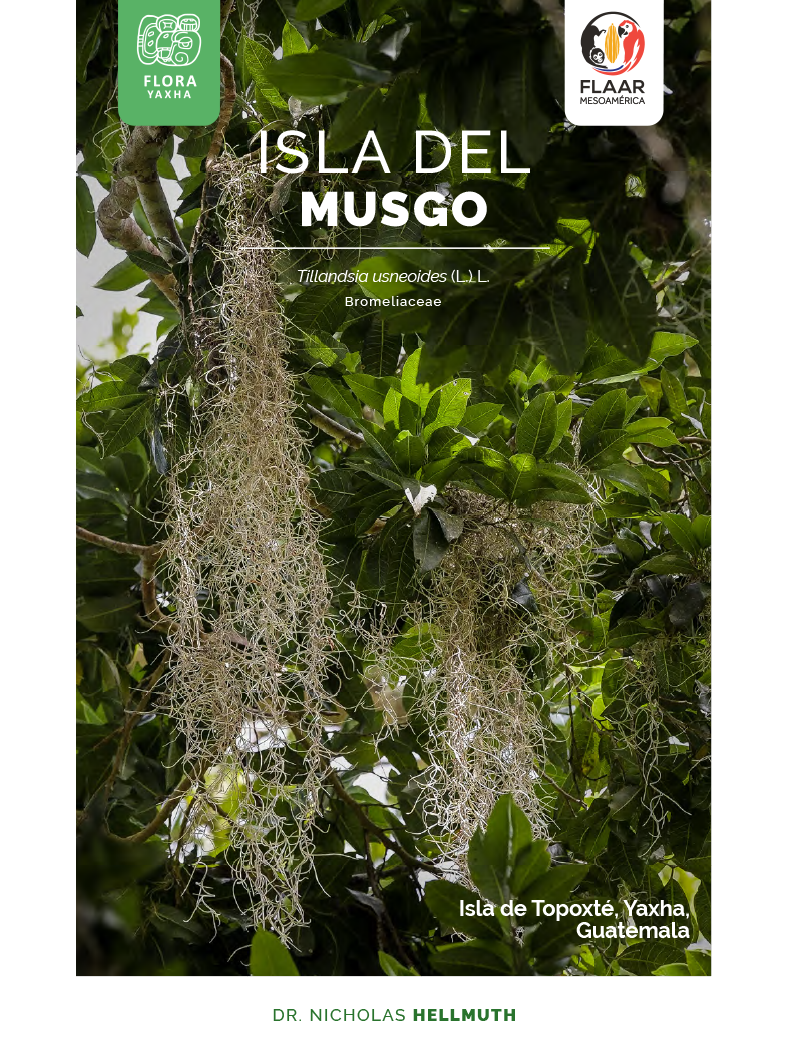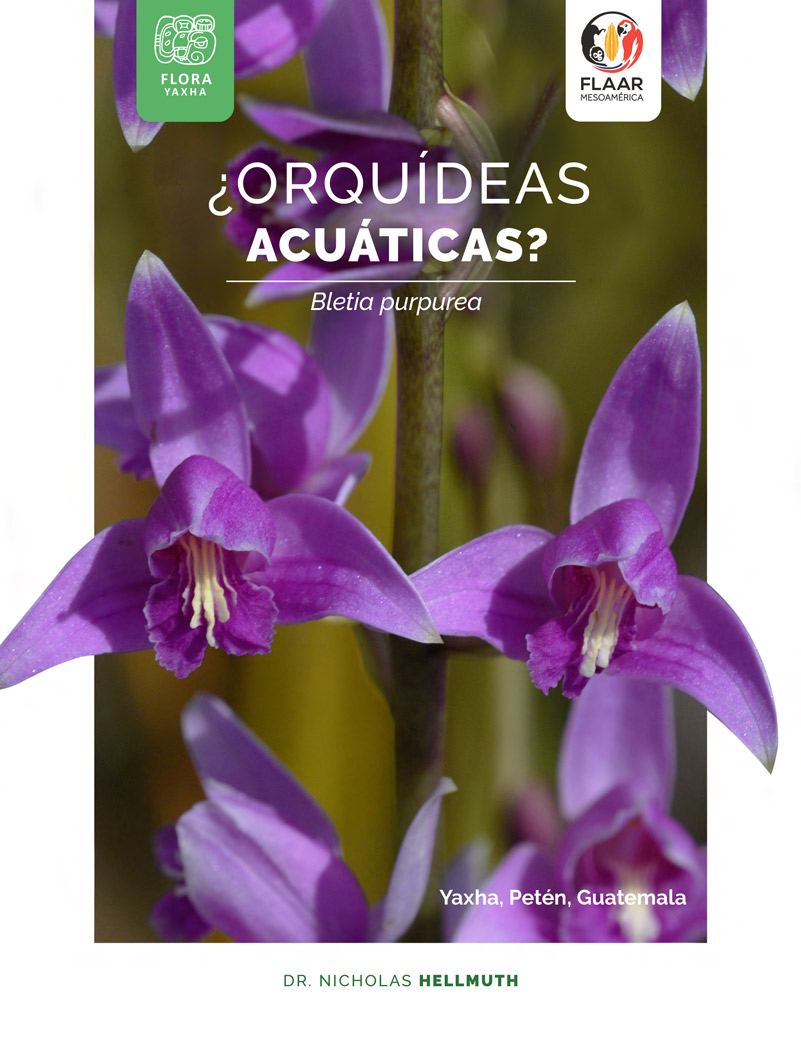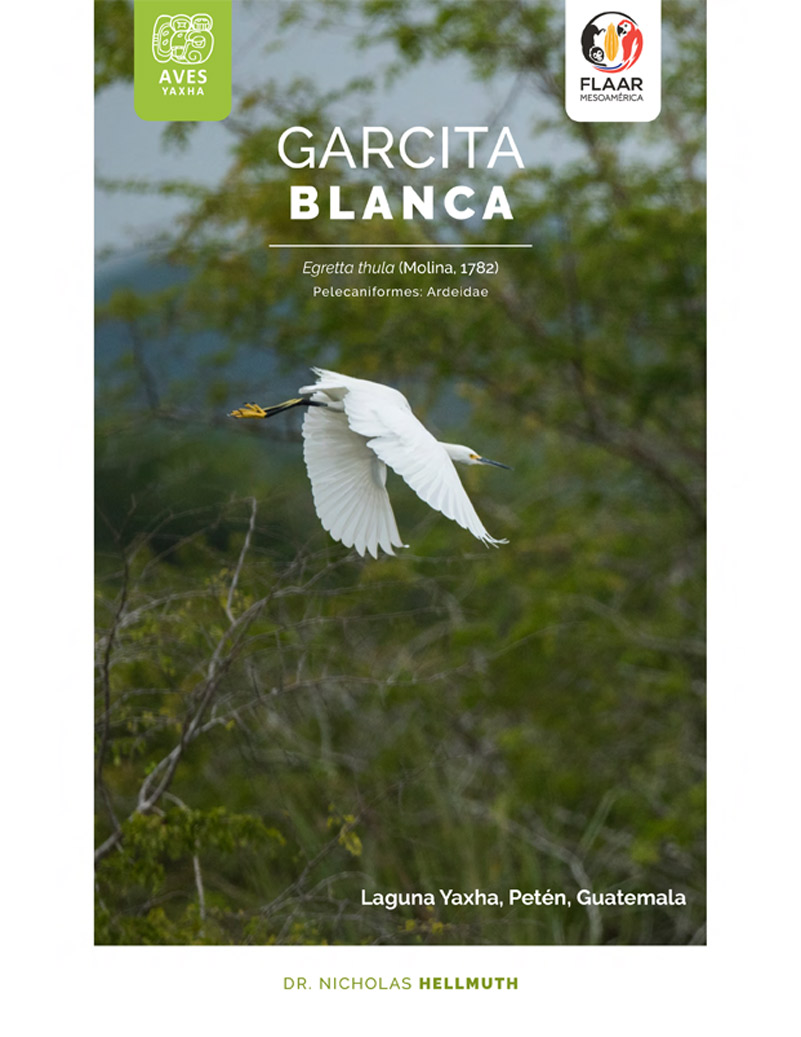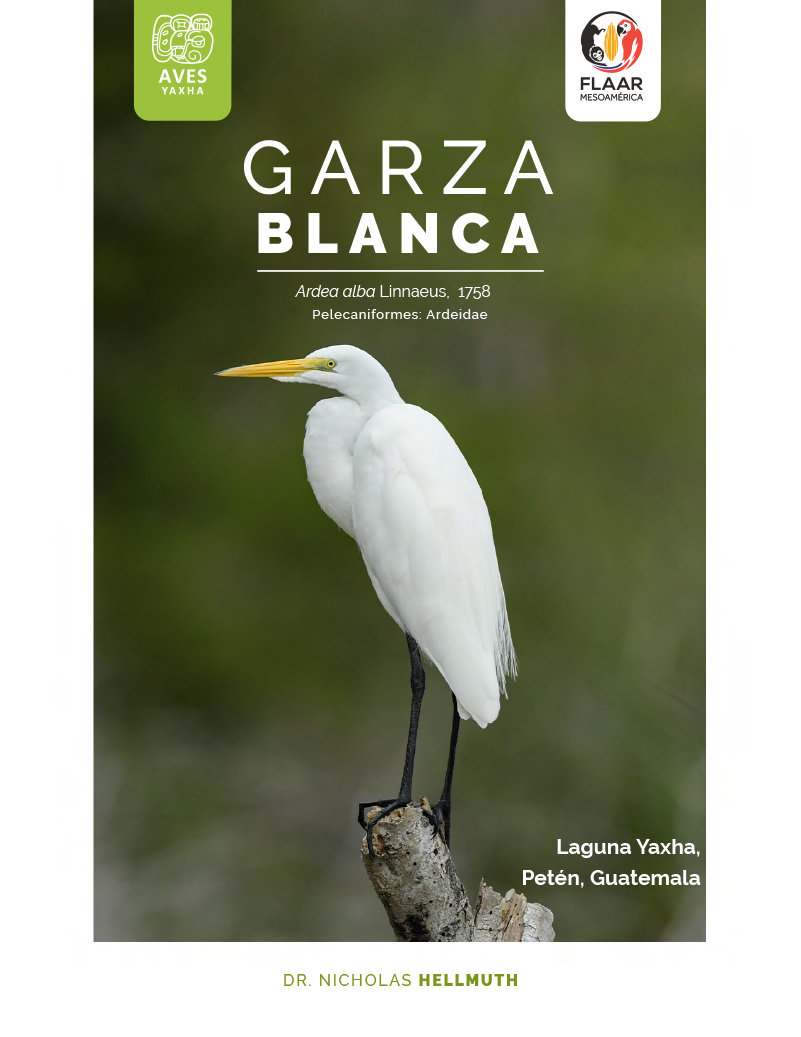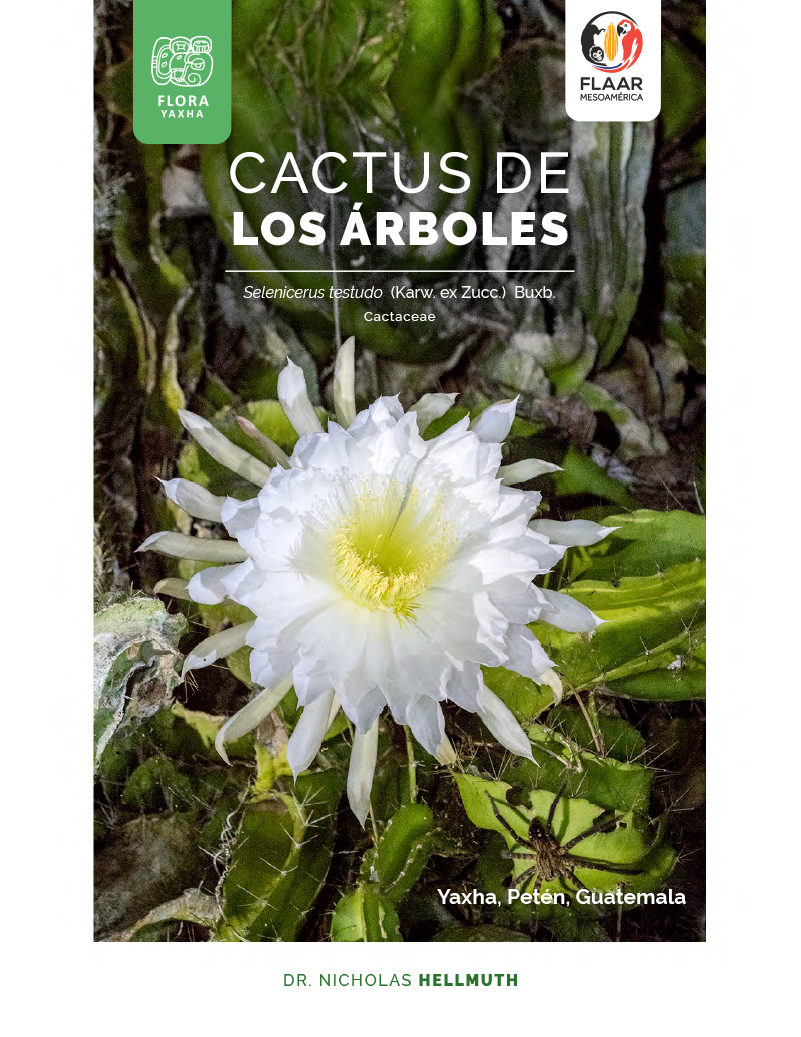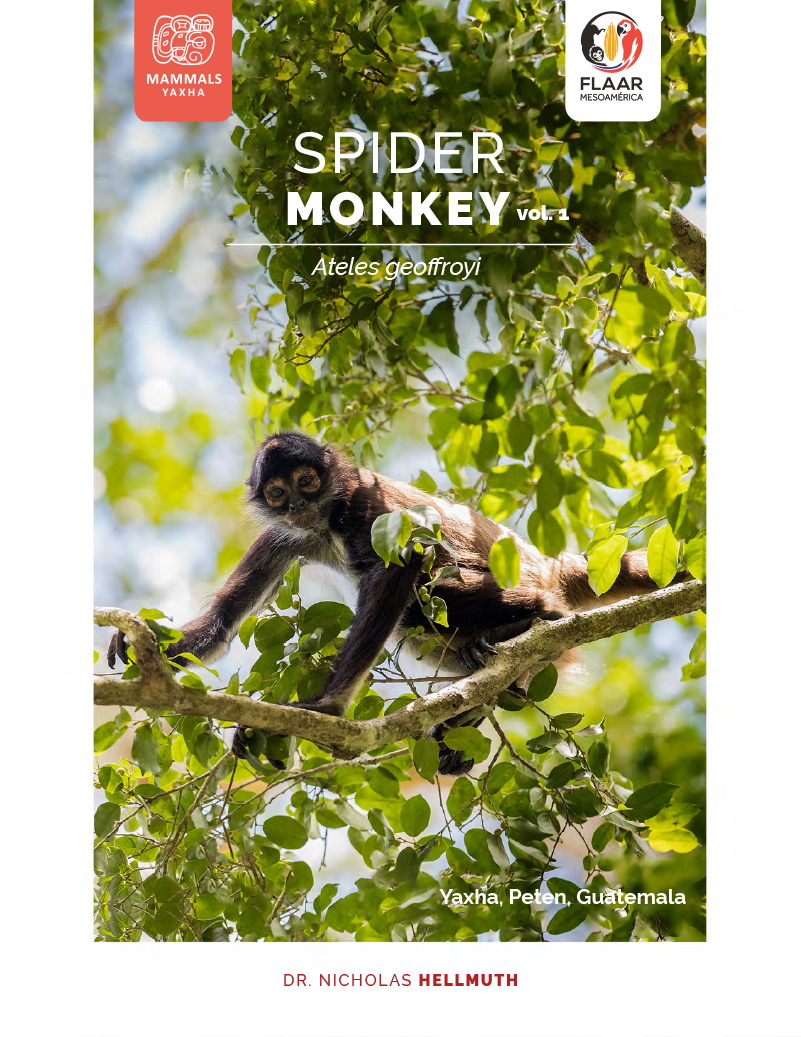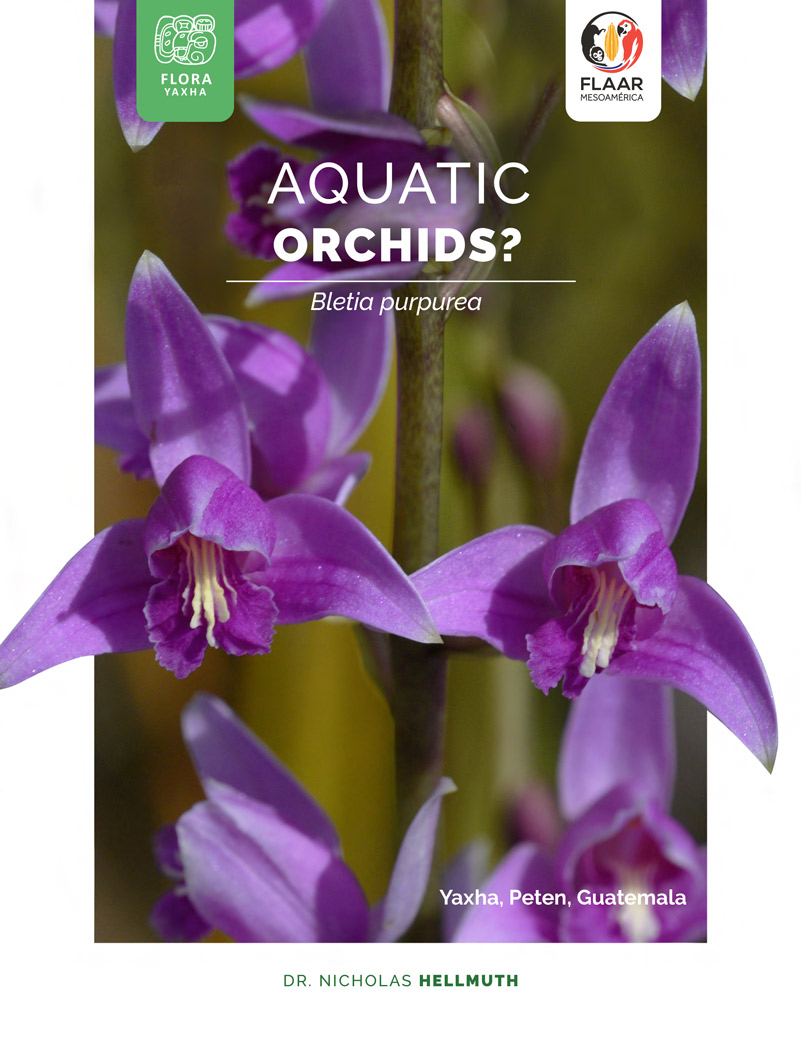Pre-Columbian Animals native to the Mayan Rainforests
If you ask people about the animals of the Maya regions, you will probably be told about jaguars, spider monkeys, howler monkeys, snakes, and a few other popular well known animals. Not many people will include the porcupine in a list of Mayan animals.
Even if you ask what animals did the Mayans hunt for food or skin, again, you will be told deer, jaguars, etc. You see vases, bowls, plates picturing Mayan kings wearing jaguar hides. Ballplayers (of the rubber ballgame of the ancient Maya) are often dressed like deer (or as camouflaged deer hunters). But not many people will include porcupines in the Mayan diet.
And if you ask people about ancient Mayan pets, fortunately people do not mention porcupines (and fortunately people do not keep porcupines as pets today). Animals should be allowed to wander around in the trees or whatever their natural habitat is.
Because the porcupine is not often featured in books on animals of the Mayan world, it sure was a pleasant surprise to find two healthy baby porcupines in the rehabilitation area of the medical veterinarian doctor near Guatemala City.
Two cute baby porcupines make it possible to learn about this species
Neither with a telephoto lens, nor working in the mosquito-infested jungle for months, could I ever have learned as much about the physical appearance and character of a Neotropical porcupine of Guatemala as I did from 15 minutes with the animal freely wandering around my head and shoulders, climbing down my back and legs.
Porcupines come out at night, and are often up in a tree, so finding them would be a full time research project. The pit-vipers and insects also come out at night, so doing this kind of research is not always very healthy. Even through I work primarily during the day when I am in the rain forests, I have still contacted a diverse history of remarkable diseases caused by viruses or other kinds of tropical germs. Rotovirus is the one I get the most often, but my medical history is remarkable (remarkable that I am still hiking mountain trails or waist deep in swamps).
I have been in Guatemala about 54 years, and I learn such much courtesy of La Aurora Zoo personnel and Auto Safari Chapin personnel.
Mayan animal Symbolism (on pottery or carved stone monuments, or murals)
Porcupines are rarely pictured in Classic Maya art. Not many porcupines in Mayan myths and legends either. Nonetheless, images of porcupines in animated films are popular:
- Dr Seuss includes an African Crested Porcupine
- Morkubine Porcupine, Walt Disney, Chicken Little, circa 2005.
- Henry, Oculus Story Studio (owned by Facebook), won an Emmy Award recently
- Alfa and Omega includes a porcupine, but not as a featured animal. Lions Gate, 2010.
- Sing, 2016, Punk Rock Porcupine, Illumination Entertainment, Universal
- Patsy the Porcupine, cartoon for kids, published 2015, 64 Zoo Lane channel (style reminds me of Peppa Pig, though this is a tad more 3D; British accent of narrators is also very similar to Peppa Pig).
- Spiny Life has what looks like a porcupine on the poster, but text says it’s a hedgehog. Date of release is not consistently listed.
You can find many more if you Google porcupines in animated films.
Porcupines are cute and innocent animals: do not kill them
Porcupines do not attack: they simply raise their bristles to protect themselves. The two we studied never hurt us or even tried to. They have so many spines that often a few get caught in your clothing, but these are not thrown at you. Porcupines are not able to throw their quills.
The earlier name for these porcupines is Sphiggurus mexicanus. But the correct name to use today is Coendu mexicanus.
These animals are found in Mexico and in all the countries of Central America
A web site on animals of Belize says there are three species there:
- Brazilian porcupines (obviously native to Brazil, not Belize)
- Rothschild’s porcupines (native to Panama)
- and the Mexican Hairy porcupines
But for Guatemala and southern Mexico zoologists list only the Mexican Hairy porcupines. Thus I estimate that the Brazilian porcupine and Rothschild’s porcupines have been introduced (as pets perhaps; which is rather sad). Then they escape into the wild.
Porcupine in English; Puercoespin in Spanish; K’ix uch in Q’eqchi’ Mayan
| Q'eqchi' | Spanish | English | Scientific Name |
| K'IX UCH | Puercoespin (Tacuazin con espinas) | Porcupine | Coendu mexicanus |
Bibliography on the Coendu mexicanus
In this first edition I list web sites which show the porcupine (of Mexico, Guatemala, etc) in photos of professional quality.
www.belizewildlifeclinic.org/wp-content/uploads/Porcupines-fact-sheet-21.pdf
Would have helped if they indicated which porcupines are native and which have been introduced in recent years. This web site carefully and correctly lists the sources of their information at the bottom of their page.
www.raywilsonbirdphotography.co.uk/Galleries/Mammals/Mexican_Hairy_Dwarf_Porcupine.html
These are the best photographs of the Mexican Hairy Dwarf Porcupine that I have yet found: well focused, well illuminated, well framed (probably well cropped).
www.robertofabbri-wildlife.com/?page_id=262&pid=3160#gallery
Two nice photos of the native porcupine.
Posted February 2017.


